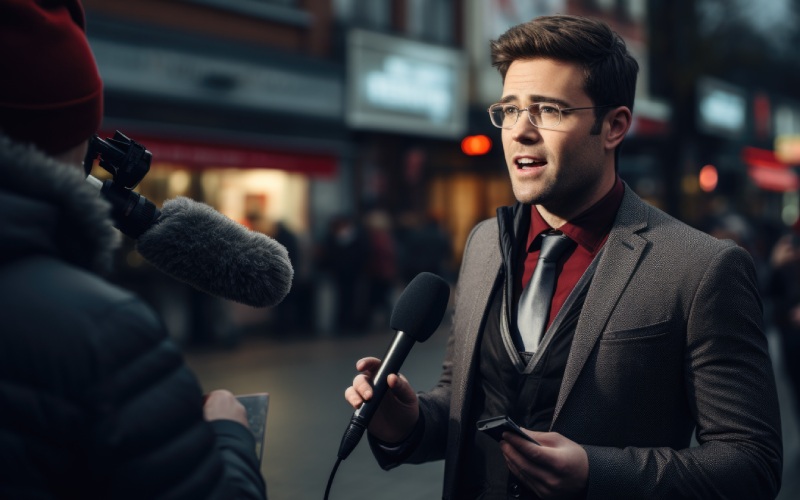What Are Public Relations In Journalism?
In the dynamic realm of media and communication, the relationship between public relations (PR) and journalism is a fascinating and multifaceted one. At Swami Vivekananda University, where we foster a deep understanding of both fields, we recognize the importance of exploring this intersection to empower our students with the knowledge and skills needed to navigate the ever-evolving media landscape. In this blog, we delve into the essence of public relations in journalism, unraveling its significance and impact on shaping public discourse and perception.
Understanding Public Relations in Journalism
Public relations, often abbreviated as PR, is the strategic communication process aimed at building and maintaining mutually beneficial relationships between organizations, individuals, and the public. In the context of journalism, PR professionals play a pivotal role in disseminating information, shaping narratives, and managing the public image of their clients or organizations. Through press releases, media pitches, and strategic messaging, PR practitioners seek to influence public opinion, promote brand awareness, and manage crisis communication effectively.
The Role of PR in Journalism
In today’s media landscape, the relationship between PR and journalism is complex and symbiotic. While journalists strive to uncover truth and provide unbiased reporting, PR professionals work to advocate for their clients and shape the narrative in a favorable light. Despite this inherent tension, PR and journalism often intersect in various ways, with PR practitioners serving as valuable sources of information and story leads for journalists.
Navigating Ethical Considerations
In the age of digital media and social networking, the lines between journalism and PR can sometimes blur, raising ethical considerations and challenges for both professions. Journalists must remain vigilant in maintaining their independence and objectivity, critically evaluating information provided by PR sources and ensuring transparency and accuracy in their reporting. Similarly, PR professionals must adhere to ethical standards and practices, avoiding misinformation and manipulation of public opinion.
Building Bridges for Mutual Benefit
While PR and journalism may operate from different perspectives and objectives, there is immense potential for collaboration and mutual benefit. By fostering open communication and building trust-based relationships, journalists and Mass Communication professionals can work together to provide valuable insights and information to the public. Through constructive engagement and dialogue, both professions can contribute to a vibrant and informed public discourse.
Educating Future Leaders
At Swami Vivekananda University, we recognize the importance of preparing our students to navigate the complex dynamics of PR and journalism with integrity and professionalism. Through our comprehensive curriculum and BA in journalism and mass communication courses, we empower our students to critically analyze media practices, engage with diverse perspectives, and uphold ethical standards in their professional endeavors.
Conclusion
Public relations plays a vital role in journalism, shaping narratives, influencing public opinion, and managing the public image of organizations and individuals. While the relationship between PR and journalism may be characterized by tension and complexity, there is also immense potential for collaboration and mutual benefit. At Swami Vivekananda University, we are committed to equipping our students with the knowledge, skills, and ethical framework needed to navigate this dynamic intersection and make a positive impact with our BA and MA in journalism and mass communication










